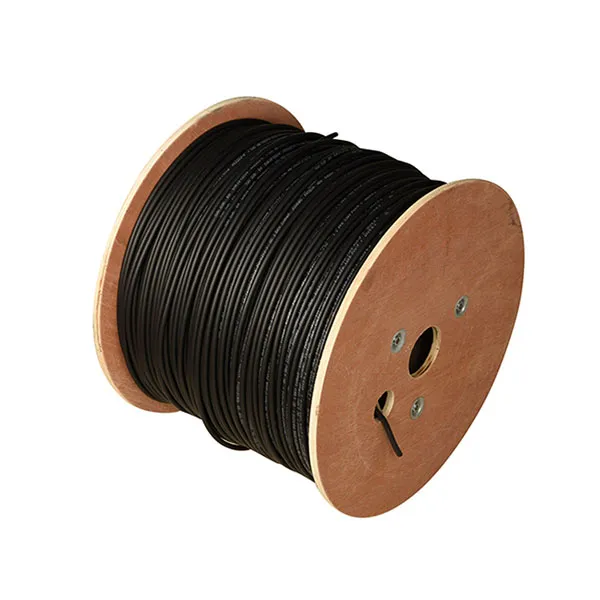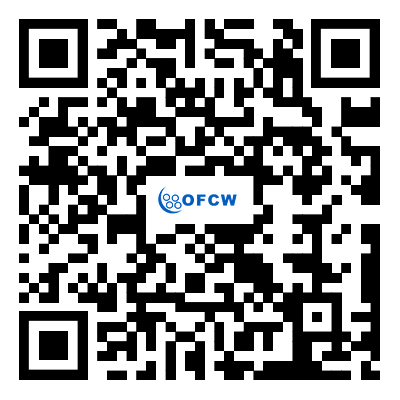Exploring Inductance in Electrical Wires: Fundamentals and Practical Applications
2024-10-26
In electrical engineering, understanding the behavior of components and wires is crucial for designing efficient and reliable systems. One important concept in this field is inductance—a property that affects how electrical currents behave, especially in alternating current (AC) circuits. Inductance plays a critical role in power generation, transmission, and even the function of everyday devices. In this blog, we’ll dive into the fundamentals of inductance in electrical wires, how it impacts circuit performance, and where you can find it in practical applications.
What is Inductance? An Overview
Inductance is a property of electrical conductors, typically wires, that causes them to oppose changes in the current passing through them. When current flows through a conductor, it generates a magnetic field around the wire. This magnetic field interacts with the current in the wire, creating a phenomenon known as electromagnetic induction. According to Faraday’s Law of Induction, a changing magnetic field induces a voltage (or electromotive force, EMF) in the conductor, which opposes the change in current. This opposition to change in current flow is the essence of inductance.
In simpler terms, the larger the inductance of a wire, the greater the opposition to a sudden change in current, making inductance a crucial property in many electrical and electronic applications.
How Inductance Works in Electrical Wires
When an electric current flows through a conductor, it produces a magnetic field around the wire. This magnetic field exists as circular lines encircling the wire, and its strength depends on the amount of current passing through the wire and the wire’s length. When the current changes, such as when AC current alternates, the magnetic field changes accordingly. This changing magnetic field, in turn, induces a voltage in the wire that opposes the current’s fluctuation.
The factors that impact inductance in a wire include:
- Wire length: Longer wires generally have greater inductance, as they produce a larger magnetic field.
- Conductor material: The material of the wire also impacts inductance, though not as significantly as other factors.
- Wire shape: A coiled or looped wire has higher inductance than a straight wire, as coils amplify the magnetic field strength.
Types of Inductance: Self-Inductance and Mutual Inductance
1. Self-Inductance:
- This occurs when a changing current in a wire induces a voltage in the same conductor. Self-inductance is the basis for components like inductors, which are often used in circuits to control current flow, filter signals, and manage energy storage.
2. Mutual Inductance:
- When two wires or coils are placed close to each other, a changing magnetic field in one conductor can induce a voltage in the neighboring conductor. This is mutual inductance and is the operating principle behind transformers, where energy transfers between two or more circuits without direct electrical contact.
Factors That Affect Inductance in Electrical Wires
Several factors influence the amount of inductance in electrical wires:
1. Geometry of the Wire:
- Straight wires have less inductance than coiled wires. Coiling increases inductance by strengthening the magnetic field through loops.
2. Frequency of the Current:
- In AC circuits, higher frequencies lead to higher inductance, as the magnetic field changes more rapidly. For example, in radio circuits and other high-frequency applications, even small inductances can impact circuit performance.
3. Permeability of Surrounding Materials:
- Certain materials around the wire, particularly ferromagnetic materials, increase inductance due to their high magnetic permeability. In applications like transformers, magnetic cores are often used to increase the inductance between coils.
4. Distance Between Conductors:
- In cases of mutual inductance, the distance between two wires affects how much one wire influences the other. The closer the wires, the greater the mutual inductance.
Practical Applications of Inductance
Understanding inductance is essential for designing circuits and systems in numerous applications:
1. Power Transformers:
- Transformers rely on mutual inductance between coils to transfer electrical energy between circuits efficiently, and they are vital in power distribution systems.
2. Inductors in Circuit Design:
- Inductors, which are components specifically designed to provide inductance, are used in AC circuits for filtering, signal processing, and energy storage. They help smooth out current variations and maintain stable voltage levels.
3. Electric Motors and Generators:
- Motors and generators utilize inductance principles to convert between electrical and mechanical energy. In a motor, inductance helps produce rotational force, while in a generator, it aids in generating electricity.
4. Wireless Charging Systems:
- Wireless chargers work through inductive coupling. They rely on mutual inductance between coils in the charger and the device, allowing energy to transfer wirelessly.
Challenges and Limitations of Inductance in Electrical Wires
While inductance is beneficial in many contexts, it also poses some challenges:
1. Power Losses:
- In power transmission lines, inductance can cause energy losses, particularly at higher frequencies, as the inductance opposes rapid current changes and creates resistance-like effects.
2. Signal Interference:
- In circuits that transmit data, inductance can interfere with signal integrity, leading to signal distortion and noise.
3. Heating in Coils:
- Inductors, especially in high-power applications, can generate significant heat, requiring cooling mechanisms to prevent damage.
Inductance is an essential property of electrical conductors that affects how circuits respond to changing currents. From stabilizing current in AC circuits to transferring energy wirelessly, inductance has numerous practical applications. Understanding inductance in wires provides insight into both the strengths and limitations of circuits, empowering engineers and designers to harness it effectively for a range of electrical and electronic applications.



